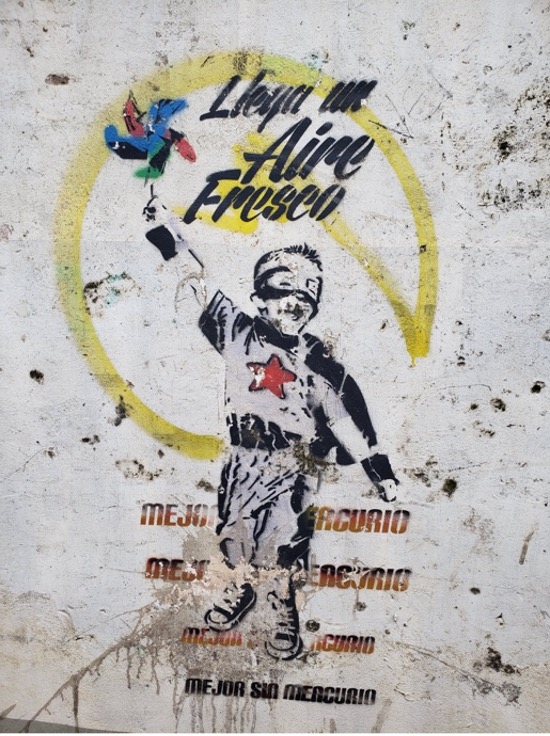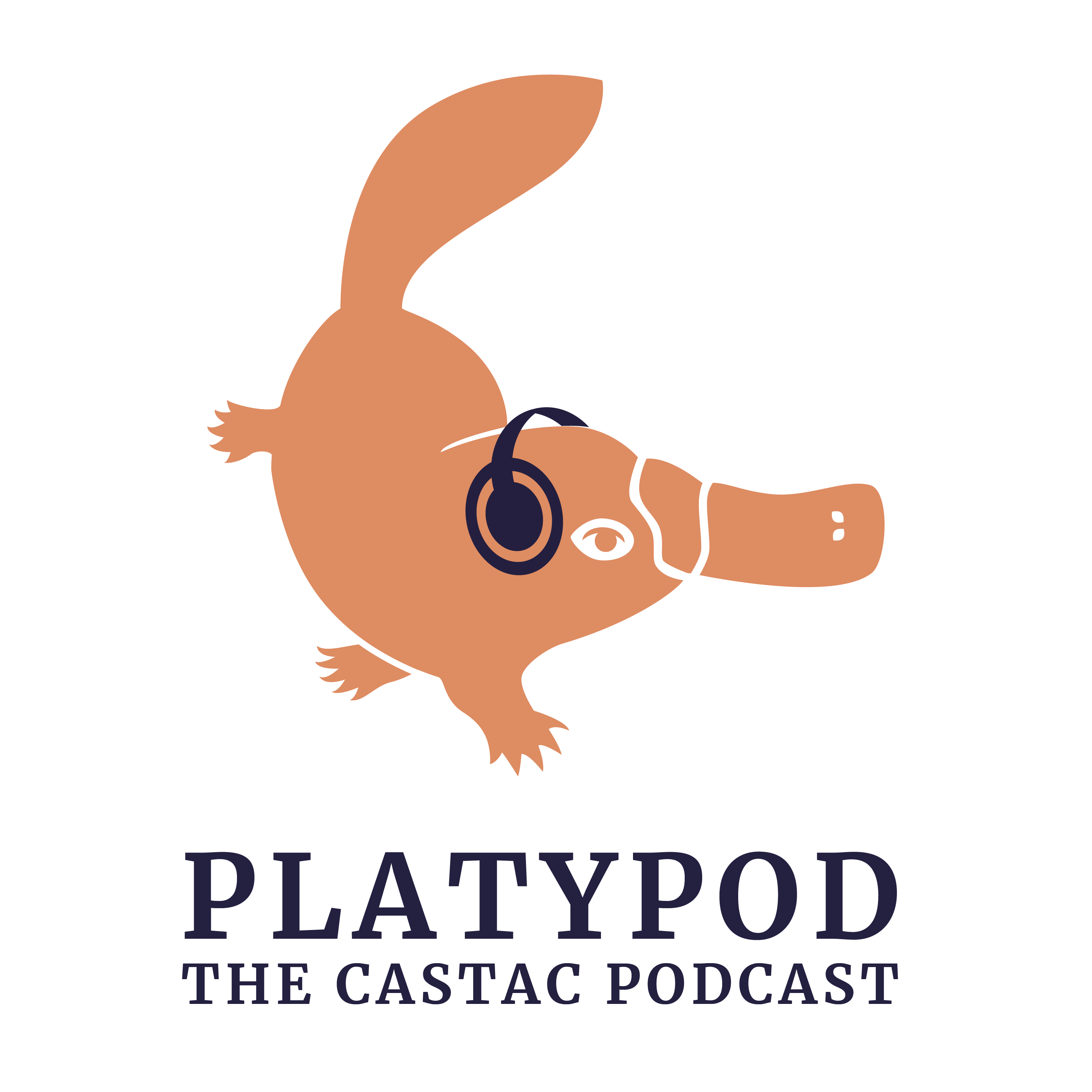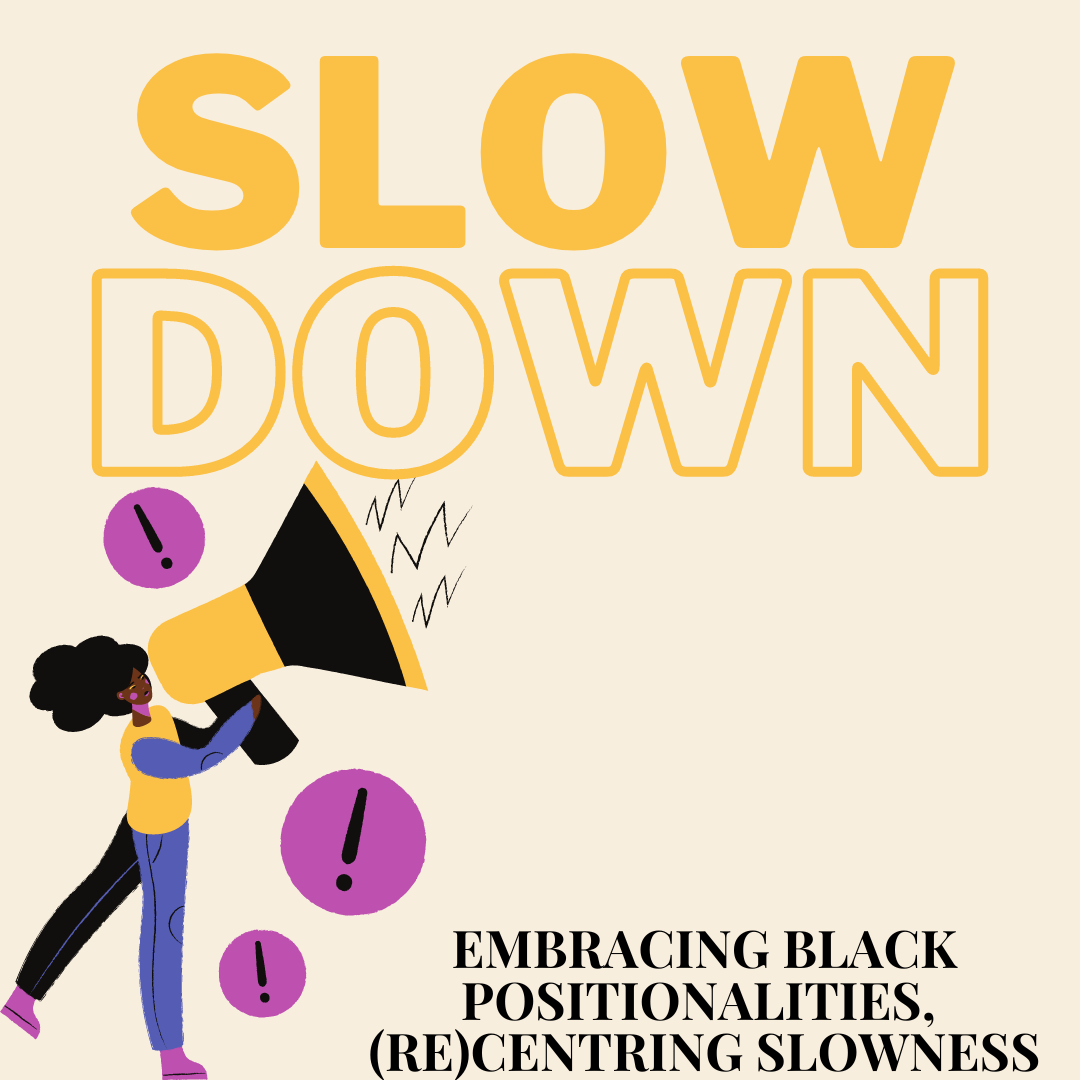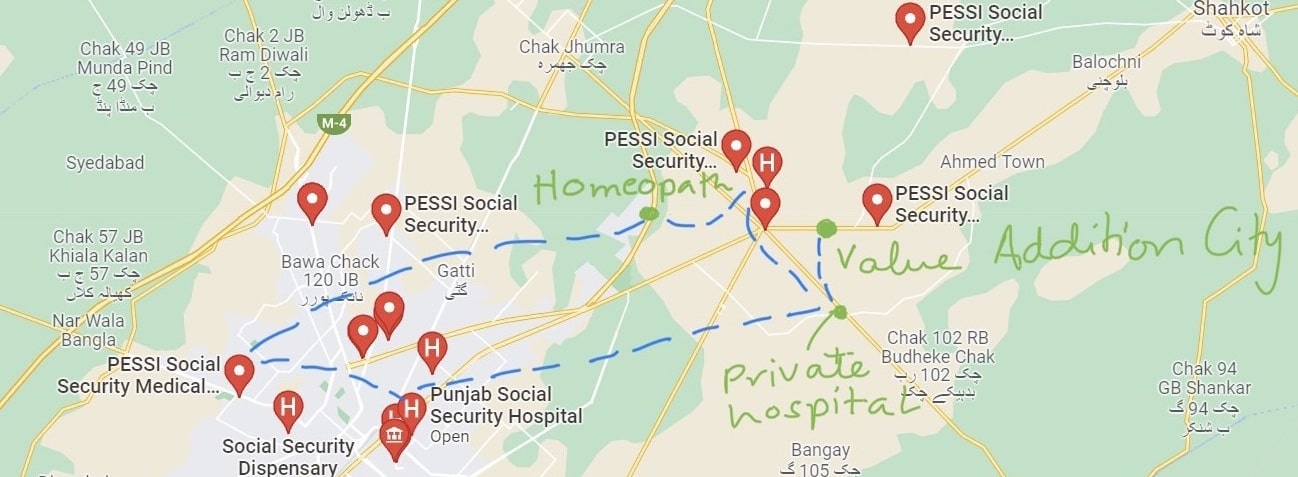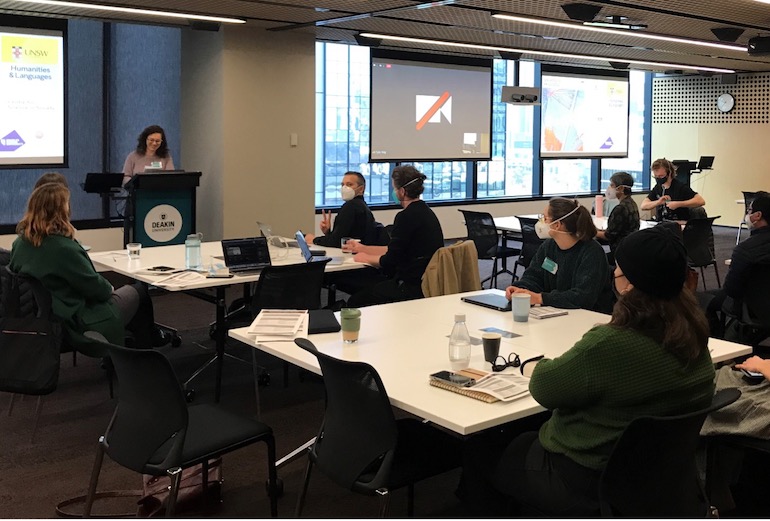Anti-racism efforts remain highly problematic. As anthropologists, we are usually aware of the violent, colonial, and genocidal histories of research on ‘race’ and realities of racism which have been conducted in the names of scientific and social advancement. But now, we find ourselves in the “post-George Floyd era”— a phrase used to describe the current temporal phase of discourses on anti-Black racism, as was articulated at the UK’s first (known) Black anthropologist’s conference, called The Gathering . In the UK, the post-George Floyd era refers to a tragic, but expected, decline; where constructive discussions about, empathy towards, and valued recognition of Black lives have reached their peak in popular discourse and are returning to their tokenistic nature in academia. At the height of the global Black Lives Matter movement, and even in the immediate aftermath (late spring of 2020 to the end of 2020), there seemed to be small glimmers of hope that maybe, just maybe, the murder of a Black man at the hands of actors of the ‘State’ would act as a catalyst for the meaningful, long-lasting upheaval of many anti-Black systems. Yet, two years later, in 2022, I find myself in the position of a Black doctoral student studying Anthropology in a state of disbelief and underwhelm. (read more...)
